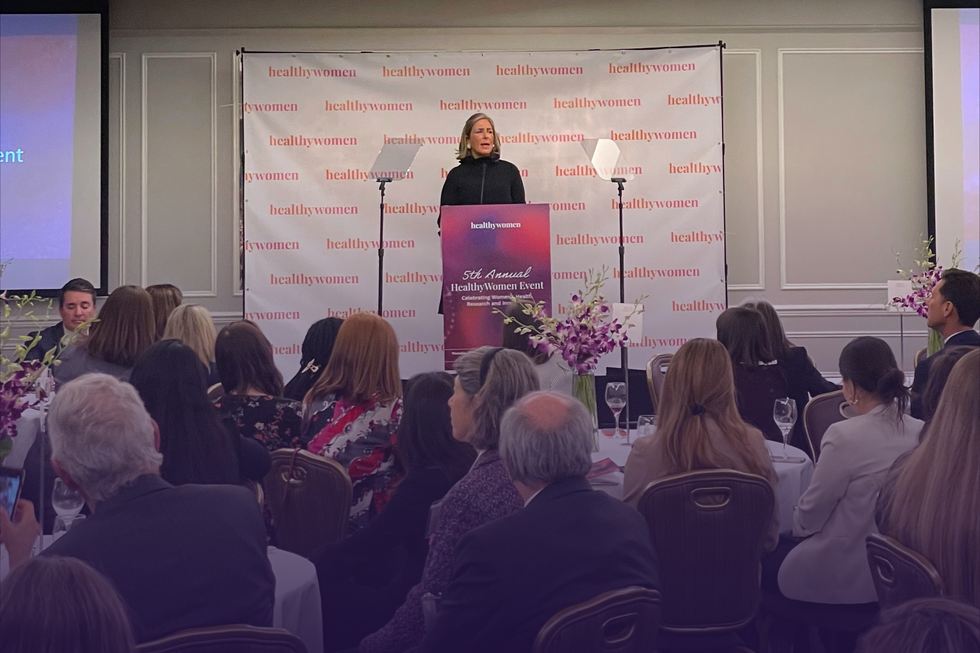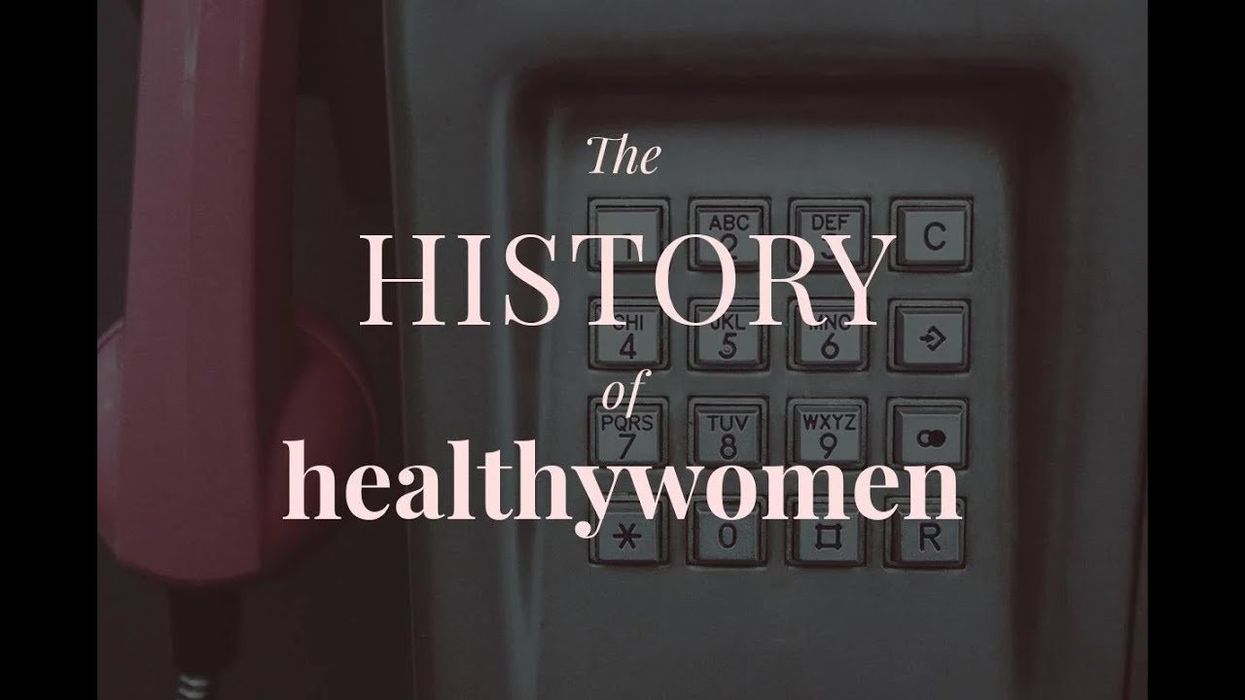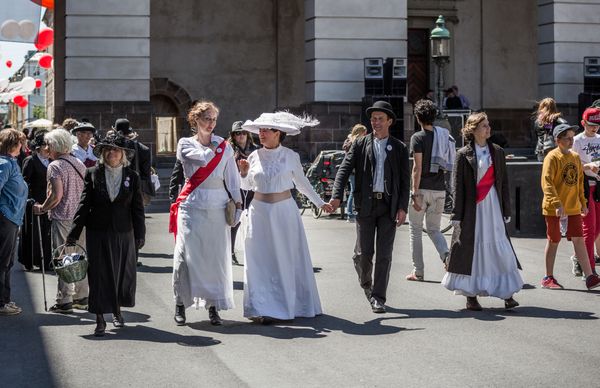August 17 is National Nonprofit Day.
HealthyWomen’s original founder, Violet Bowen-Hugh, M.D., was a force of nature. Born and raised in Clendenin, West Virginia, Bowen-Hugh came from an underprivileged background, which inspired her to create a place where women, no matter their socioeconomic status, had access to reliable health information. As an academically gifted woman who graduated at the top of her class, Bowen-Hugh was the first woman in her family to complete high school. She went on to attend college and, upon her graduation, began a career in accounting.
Bowen-Hugh made a good life for herself, but she had a deeply rooted desire to help others. And in the summer of 1954, she realized that desire could no longer be denied. Inspired by a female physician — one of only 48 female doctors in the state — who was treating her nephew in the hospital, she decided to follow her dream and attend medical school.
After graduating, Bowen-Hugh became a resident at the Columbia Hospital for Women, one of only seven women’s hospitals at the time, where she practiced obstetrics and gynecology, eventually becoming head of the department. Still not ready to stop dreaming, Bowen-Hugh continued fighting for higher quality healthcare for women and advocated for more research to be done on health issues specific to women.
It was this advocacy that alerted Bowen-Hugh to the lack of scientifically accurate information about women’s healthcare needs, which led to the creation of the National Women’s Health Resource Center (NWHRC) in 1988. The NWHRC realized Bowen-Hugh’s dream of providing women with medically vetted, trusted information about their healthcare concerns and to answer questions about diagnoses and provide tips for healthy living.
The NWHRC began as a 1-800 number that women could call for information about medical conditions they’d been diagnosed with and general health advice. The woman who answered the phone was Beth Battaglino.
Similar to Bowen-Hugh’s origin story, Battaglino began by obtaining degrees in business and political science but always knew she wanted to be a nurse. To get her foot in the door, she applied for a volunteer coordinator position at Columbia Hospital for Women, but the recruiter saw something special in Battaglino and recommended she work for the NWHRC instead.
During the day, Battaglino worked as part of this health resource for women, and she studied to be a registered nurse at night. Over time, the organization flourished and began branching out into new ways to inform its target audience. One of its most popular offerings was the National Women’s Health Report, a bimonthly newsletter, which focused on health conditions unique to women. The newsletter was a precursor to our popular Real Women, Real Stories series, as women shared their experiences with the featured diagnosis in each edition. Along with the newsletter, Battaglino also created a database of current health topics, resources, organizations and support groups that the NWHRC could provide its callers, which became the template for the HealthyWomen.org website.

The mid-’90s saw a push to integrate women’s health and wellness into existing lifestyle publications like Cosmopolitan and Redbook, and the normalization of discussing women’s health topics allowed the NWHRC to make a name for itself. However, the late ’90s brought financial woes to Columbia Hospital and its closing was imminent. Recognizing that the NWHRC was still an essential resource, Battaglino and two of her colleagues developed a business plan to take over the NWHRC and keep it operating — a plan that paved the way for HealthyWomen to come into existence. As the small but mighty team of women worked to keep the NWHRC afloat, they received a call from representatives at Johnson and Johnson who wanted to learn more about the organization and how the two companies could partner. Battaglino’s resulting pitch led to a grant that not only kept the resource center in existence but allowed the NWHRC to be even more ambitious than before. Recognizing that the public and the media’s interest in health and wellness wasn’t abating anytime soon, Battaglino created a marketing plan that positioned the center as a go-to resource for women’s lifestyle brands and magazines and health editors. This led to partnerships with brands like Prevention and Bed, Bath & Beyond.
As time and technology advanced, the NWHRC transitioned into the online space by becoming the first ever website that comprehensively addressed women’s health and wellness issues, and in 2009, it rebranded as HealthyWomen. Since then, the site was recognized by Forbes Magazine as a top website for women three years in a row, and Oprah Magazine recognized the site as its top women’s health website in 2010.
Over time, Battaglino’s role at HealthyWomen has evolved, and she became CEO in 2006, positioning HealthyWomen as the go-to health resource for women.
For more than three decades, women have depended on HealthyWomen’s highly researched and reliable information to engage, educate and empower them.
It’s been an honor to be an organization that women rely on — and one the HealthyWomen team hasn’t taken lightly at any time in our history.







